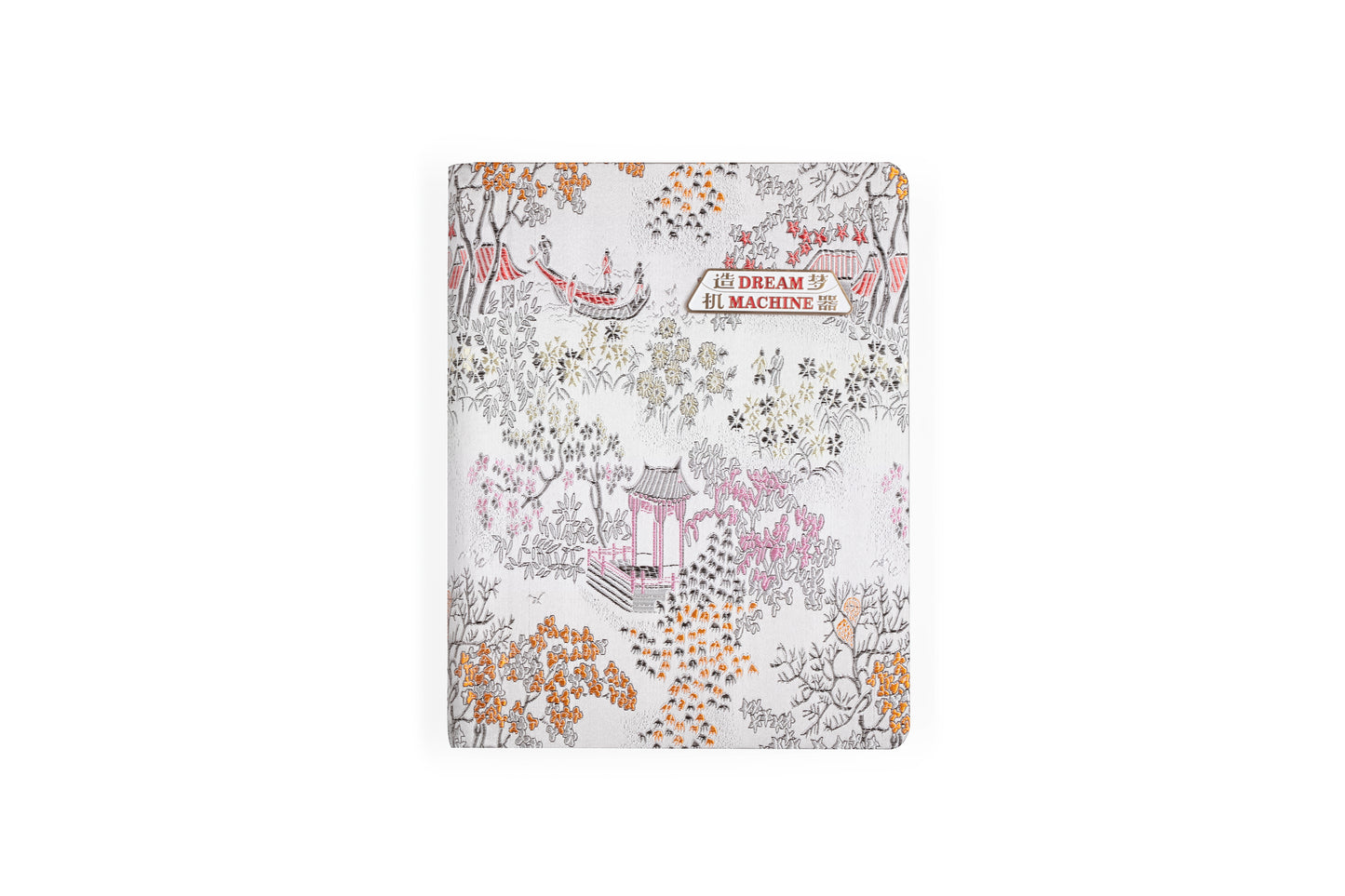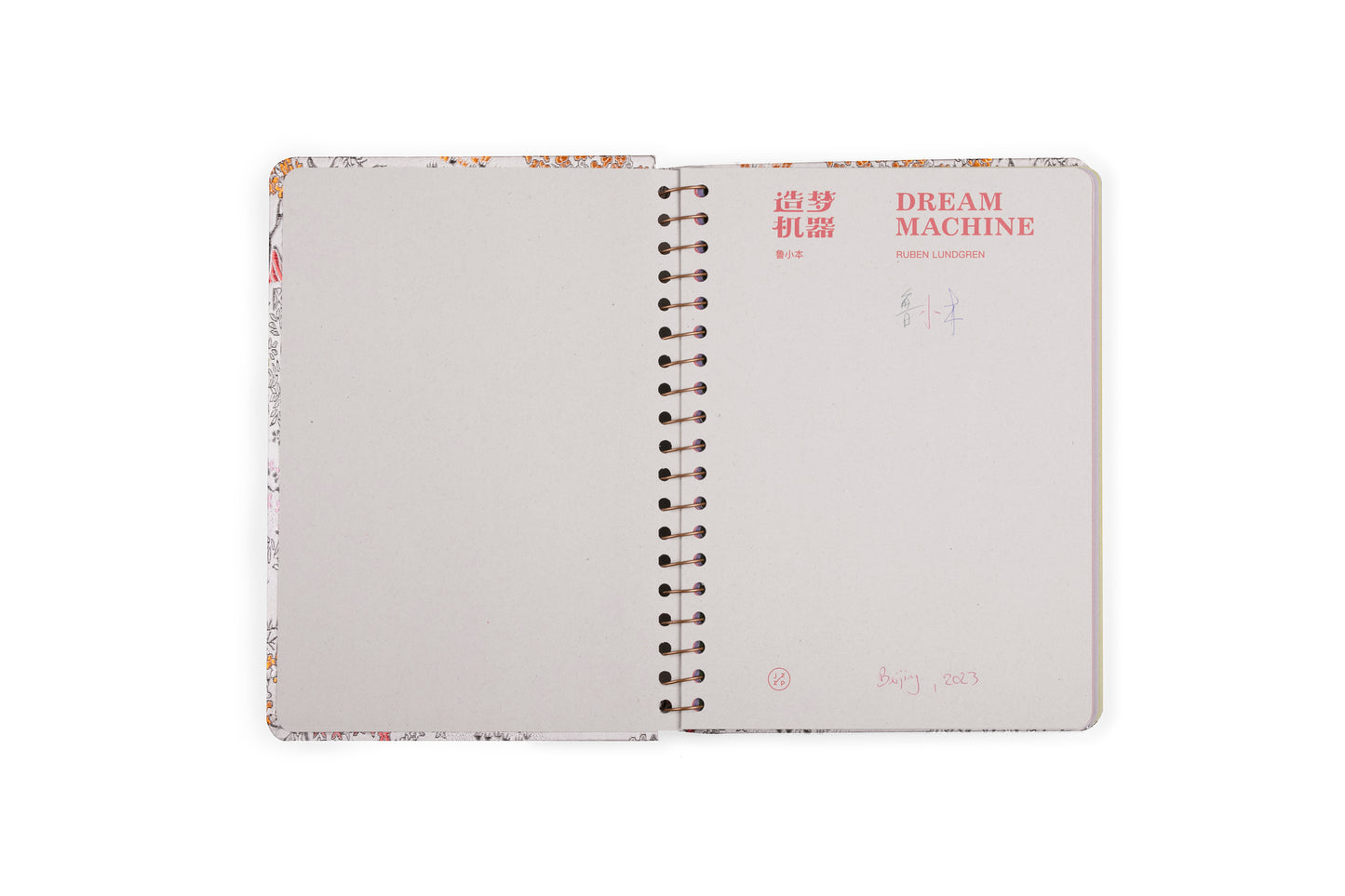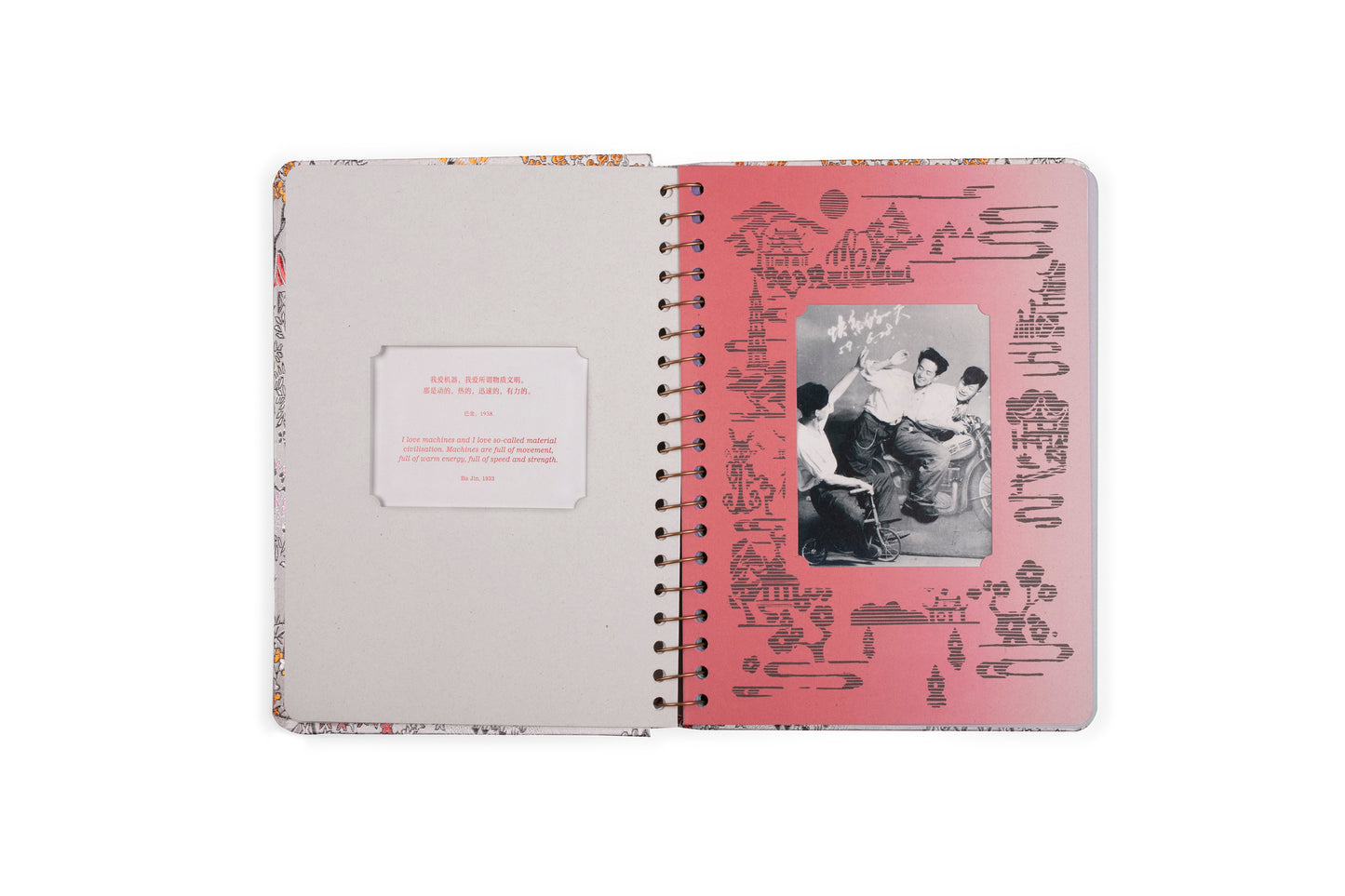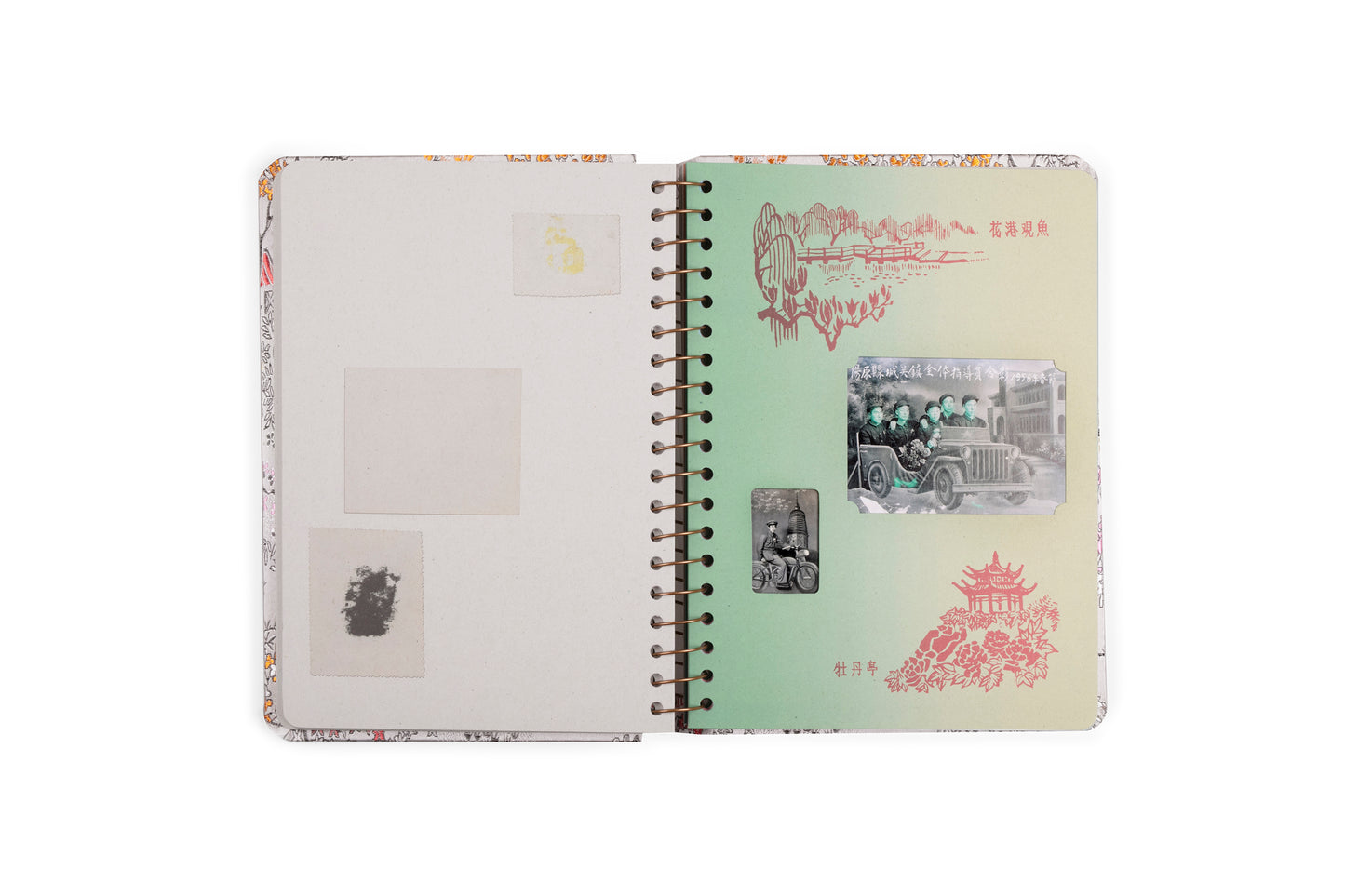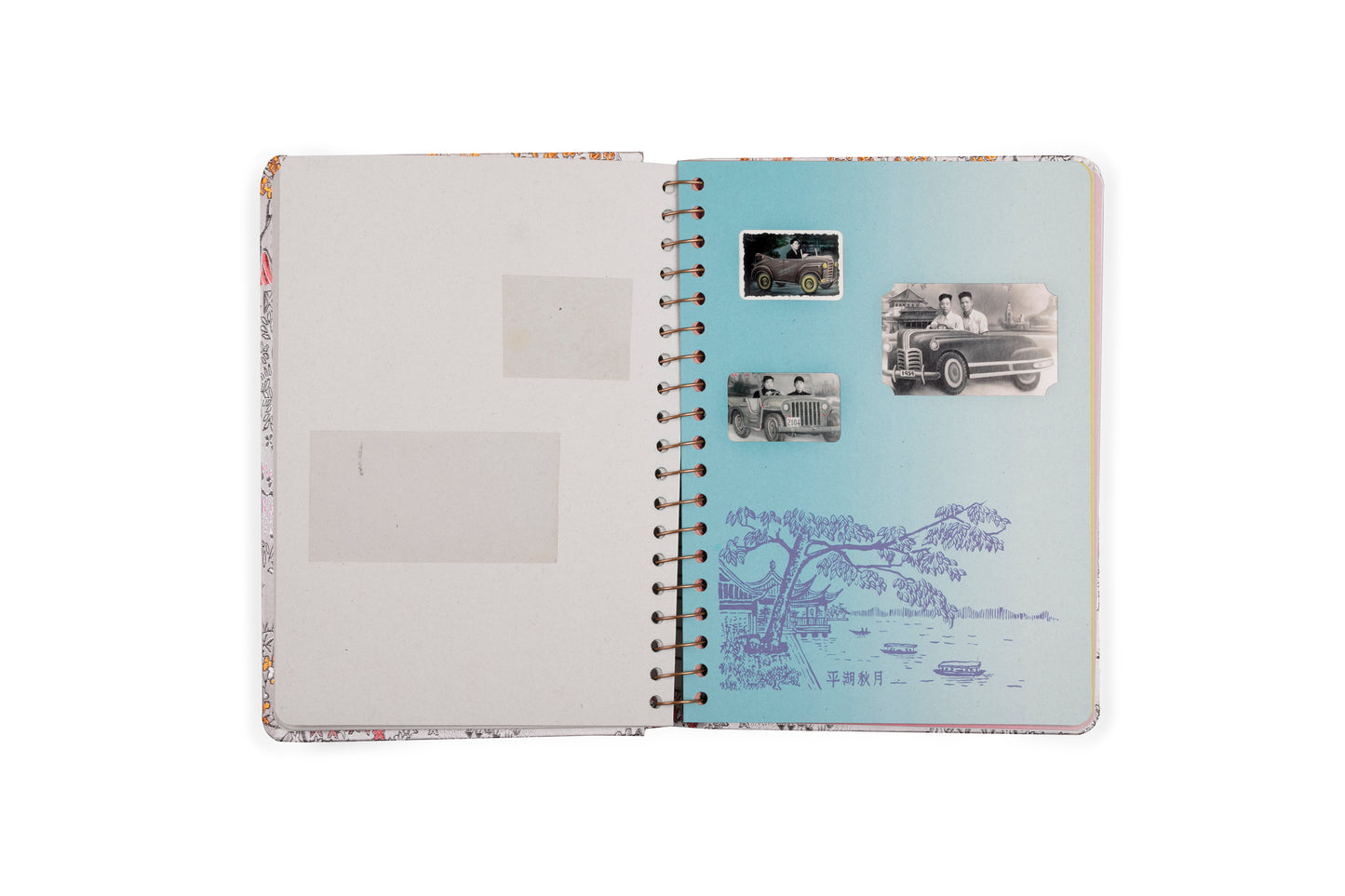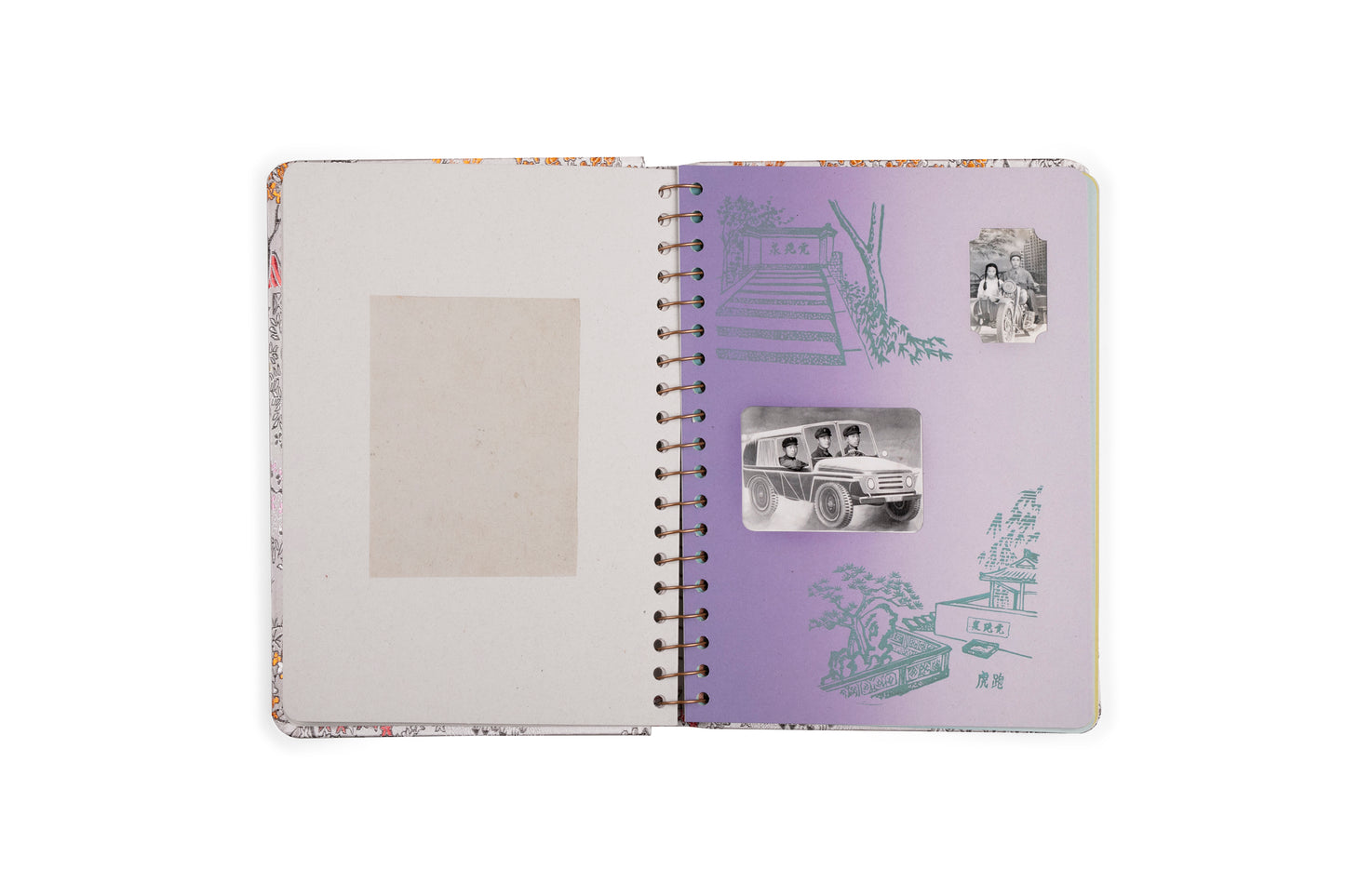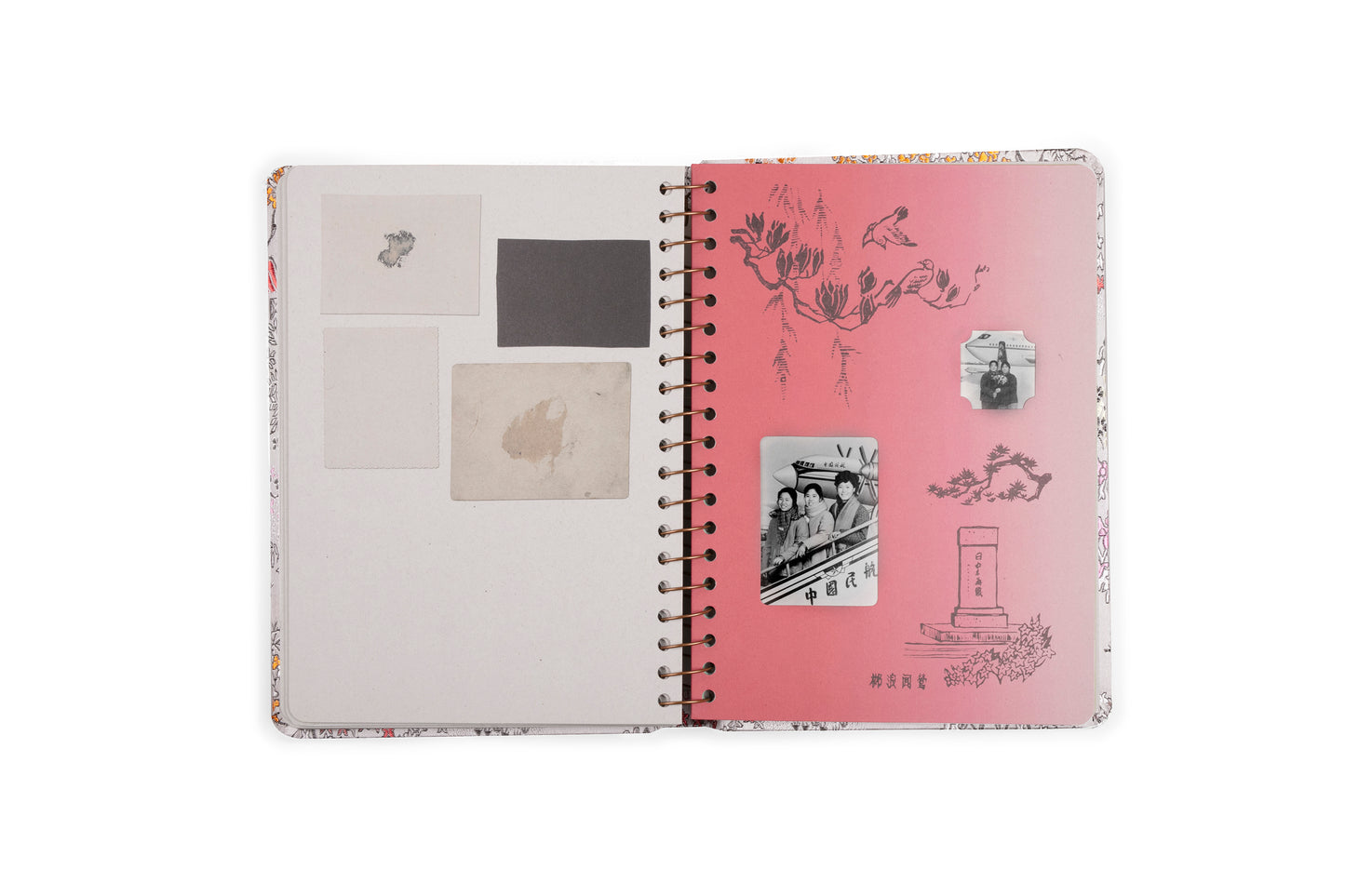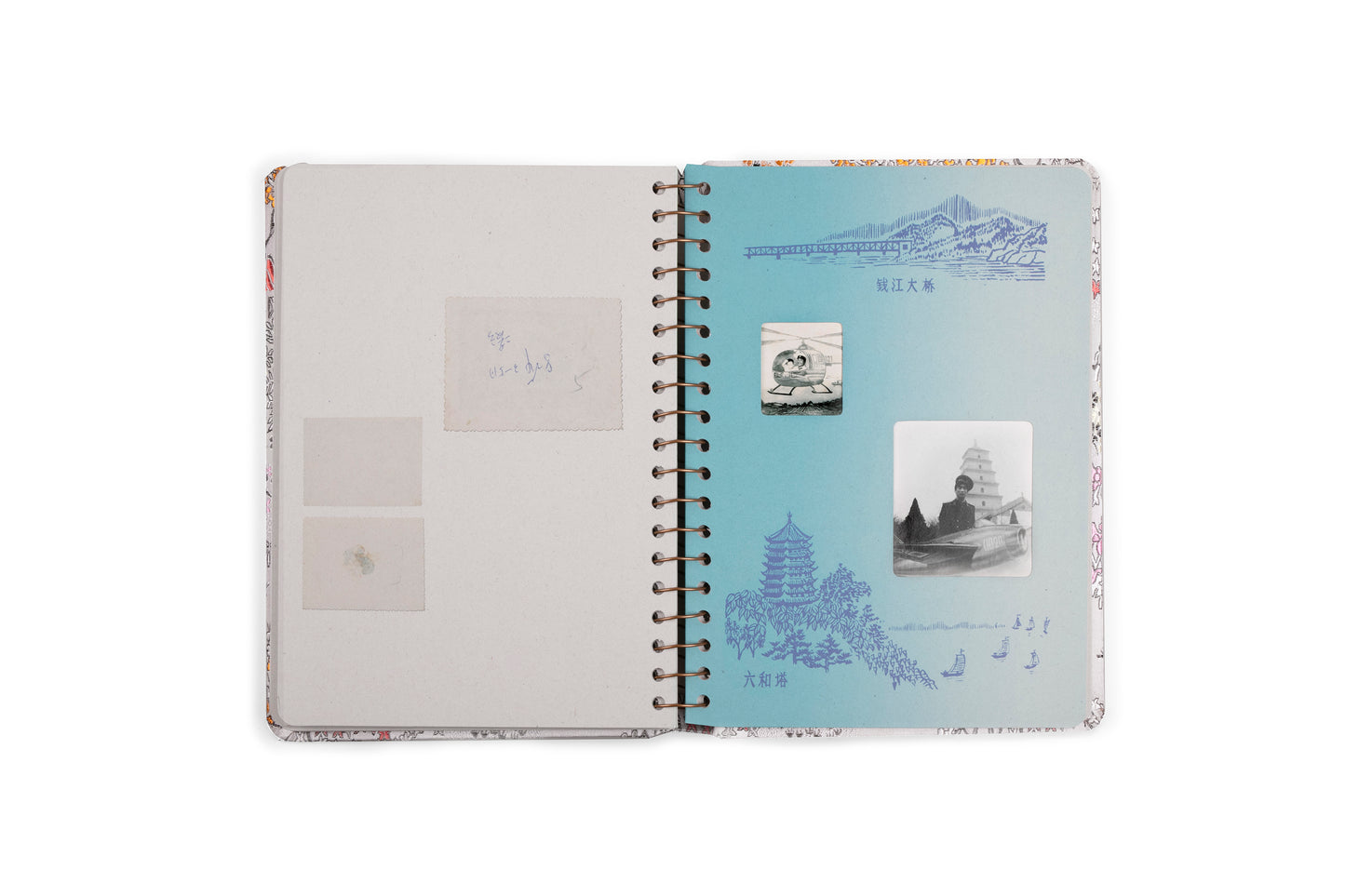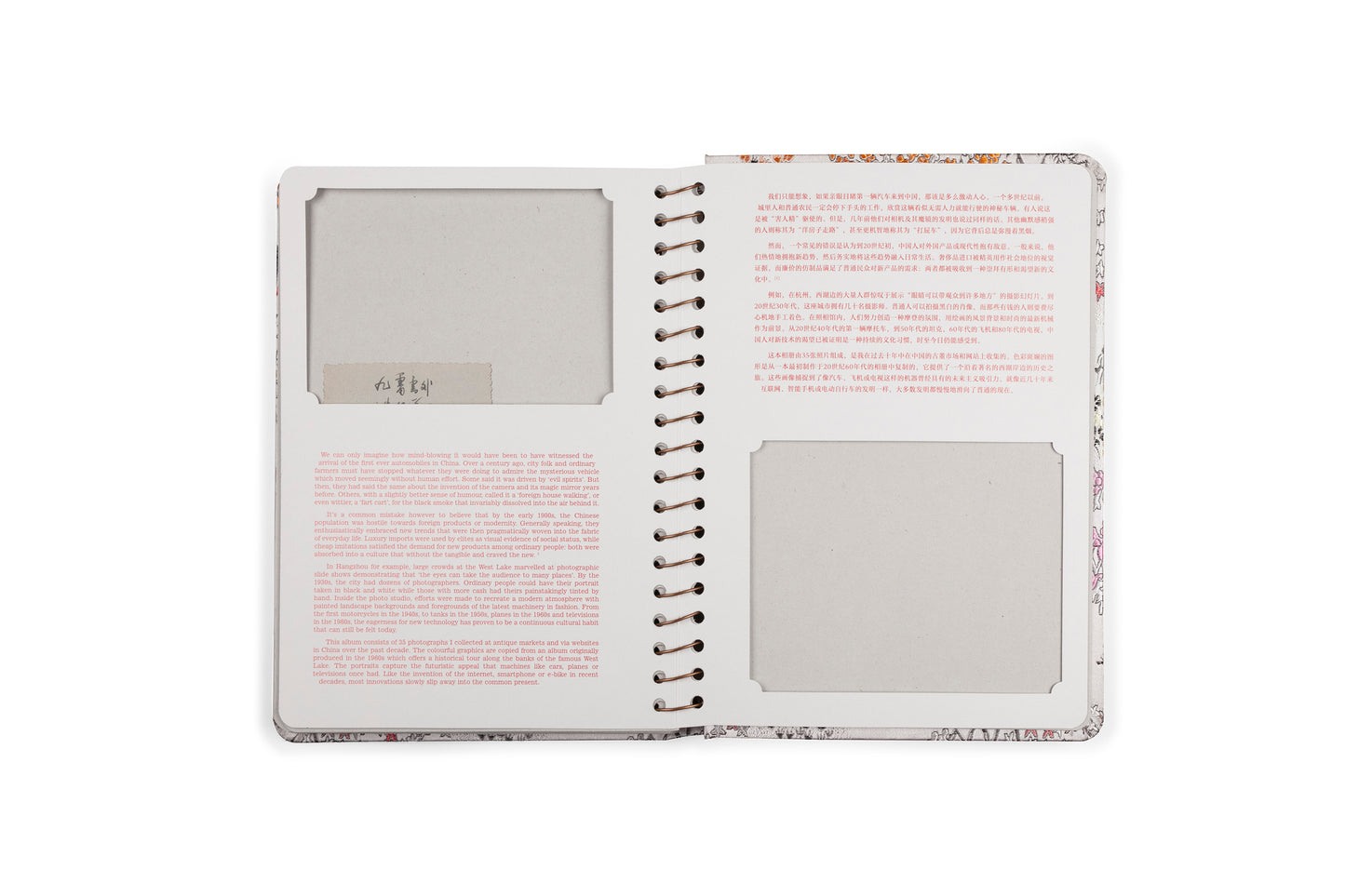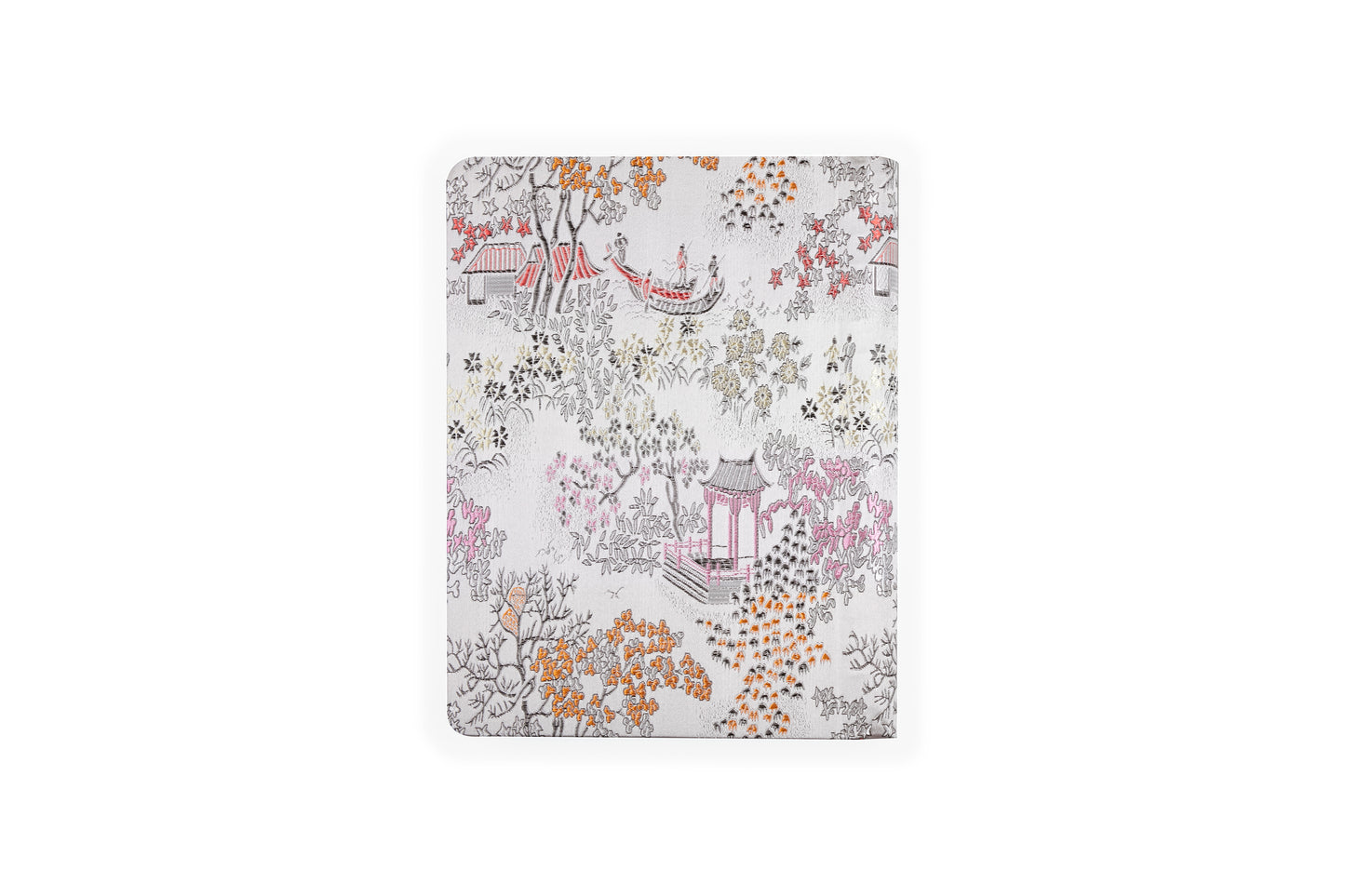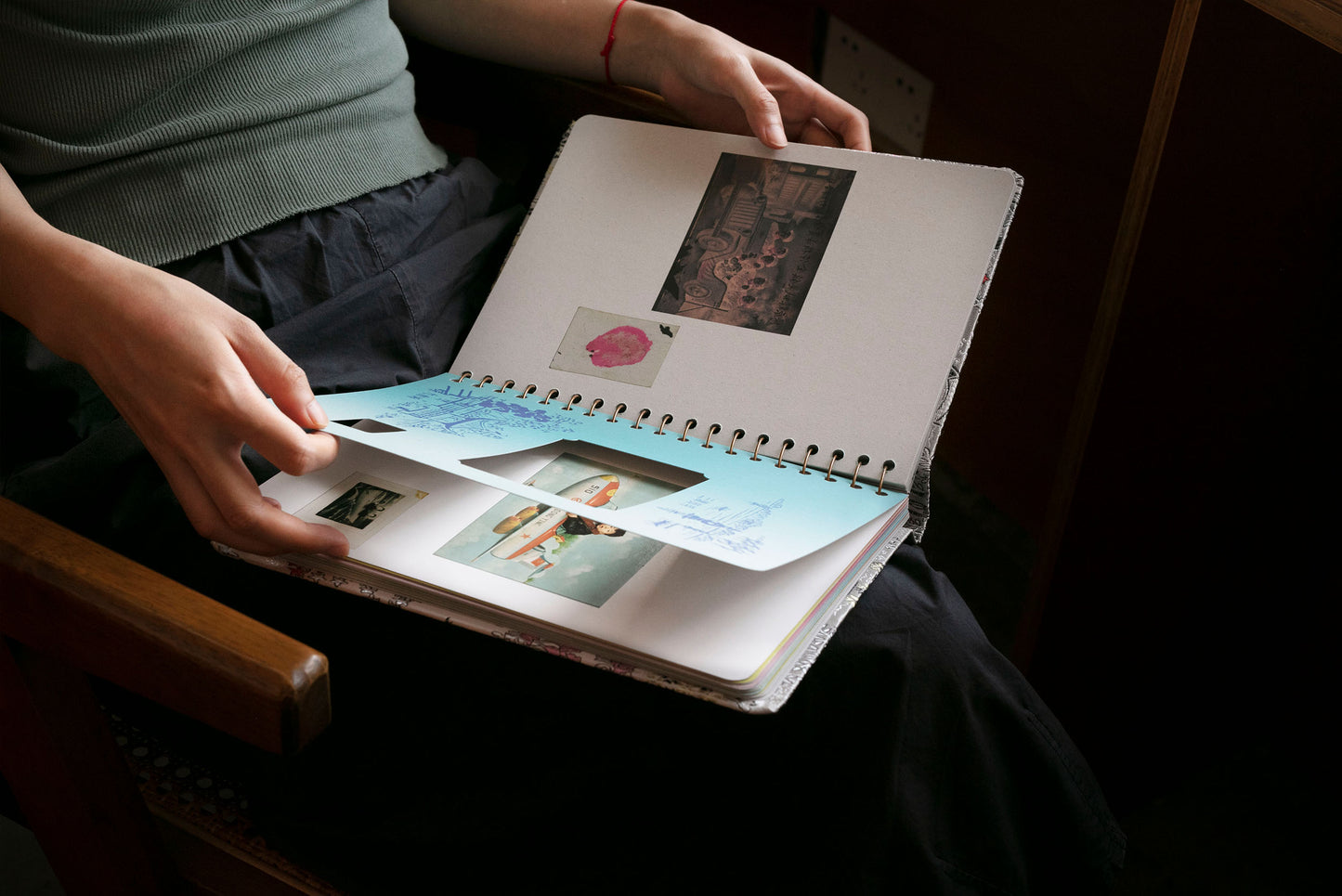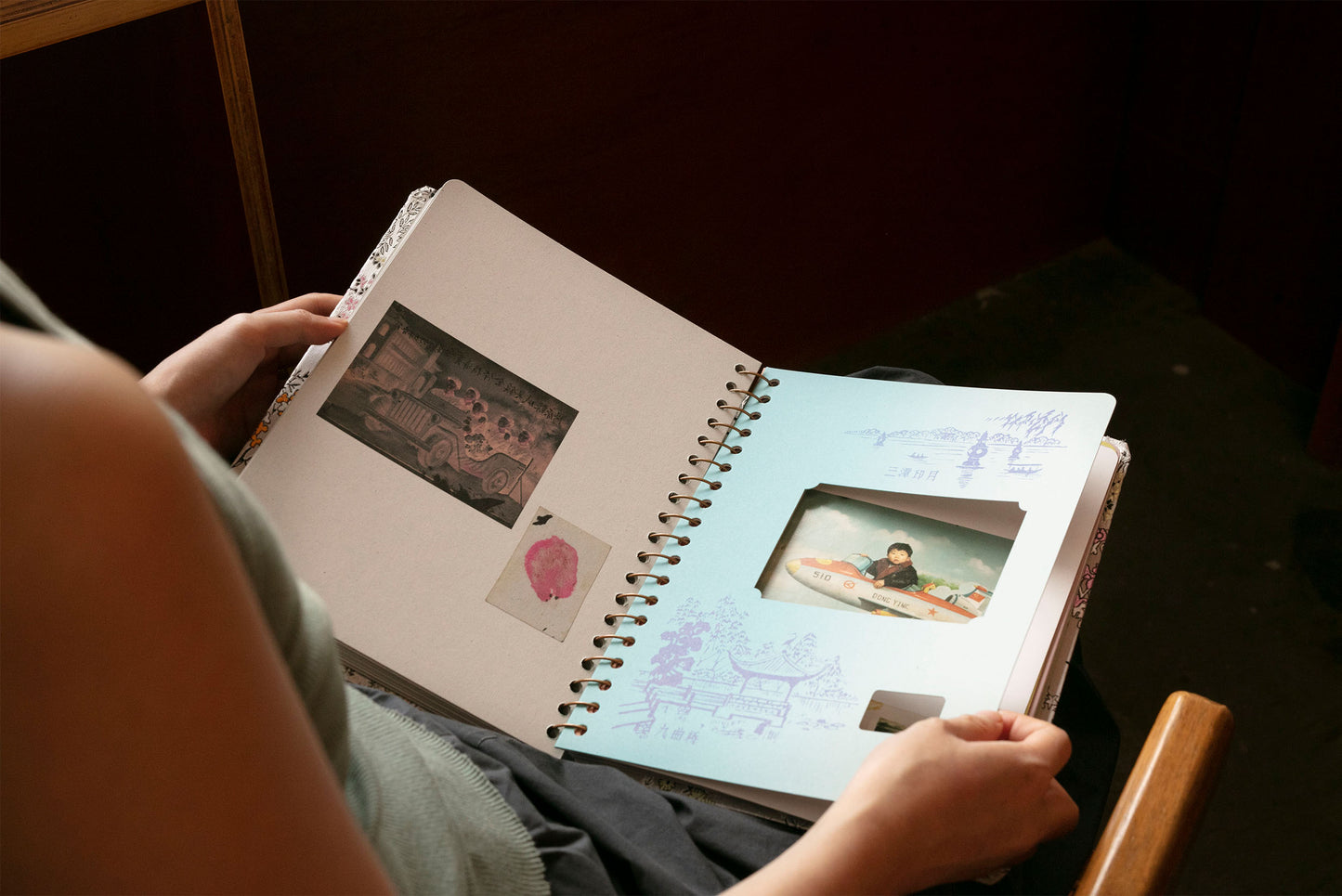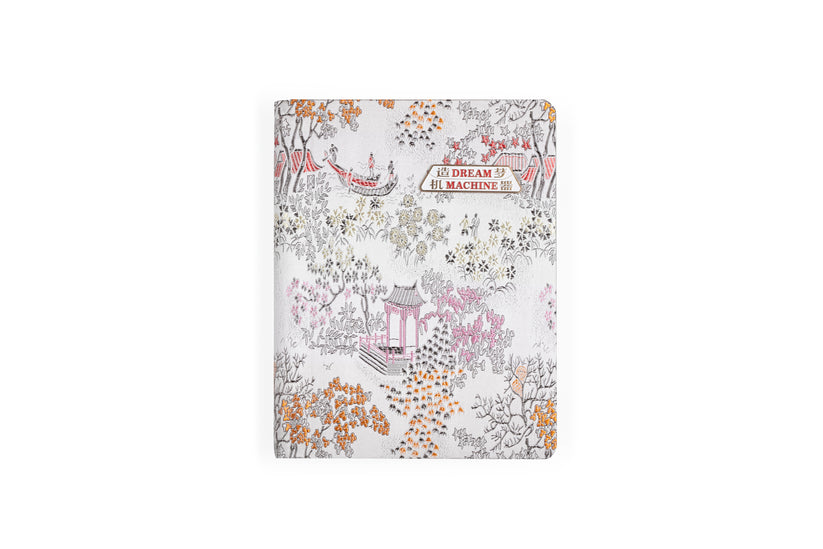
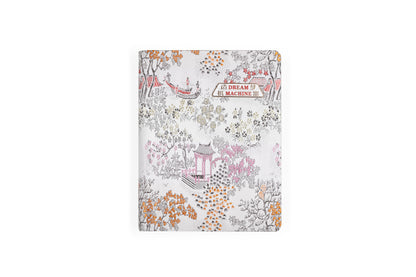
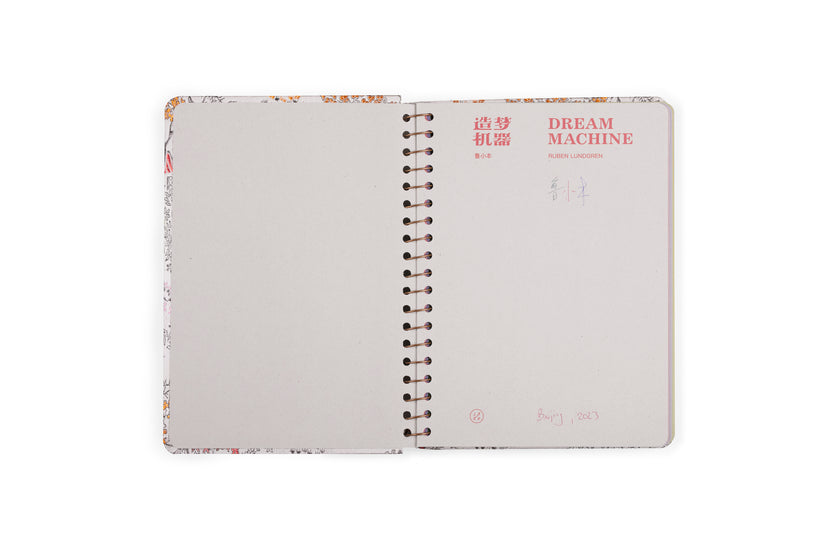
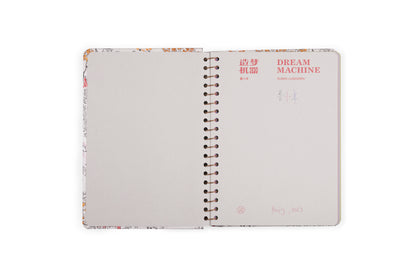

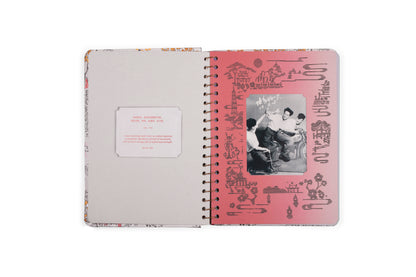
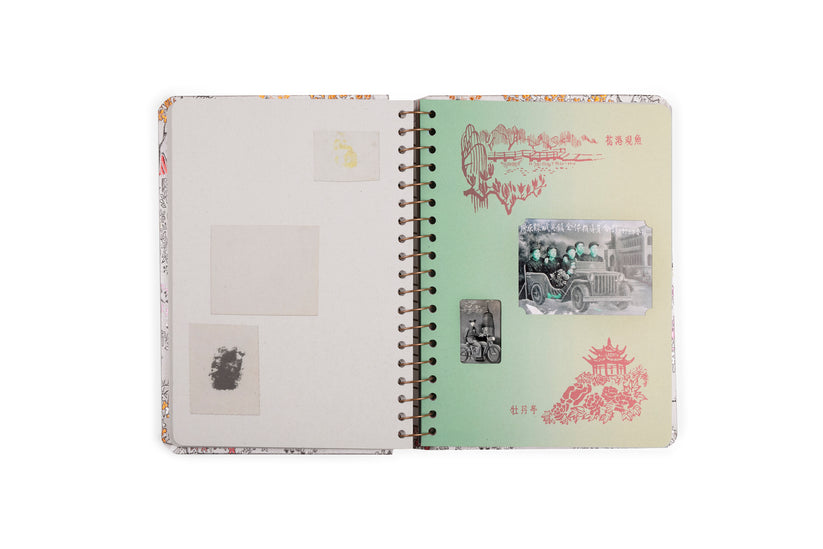
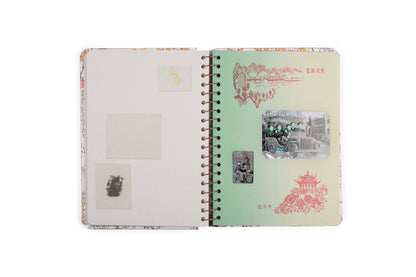
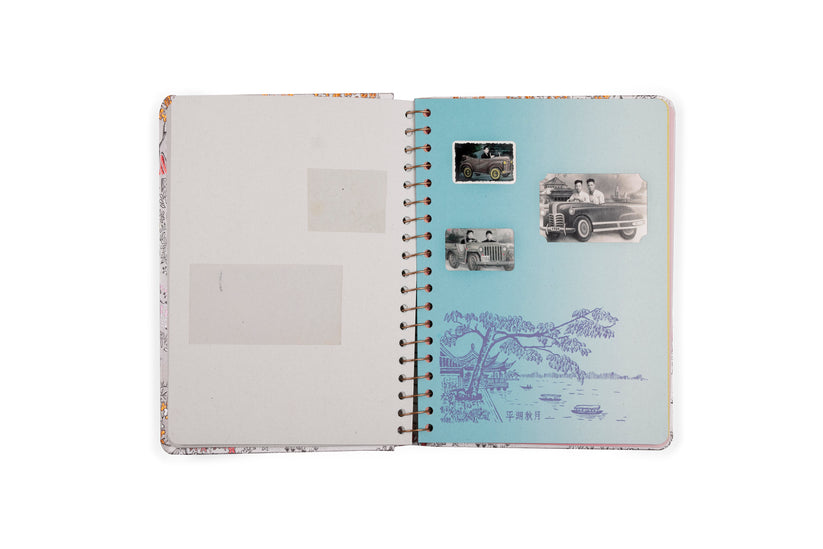

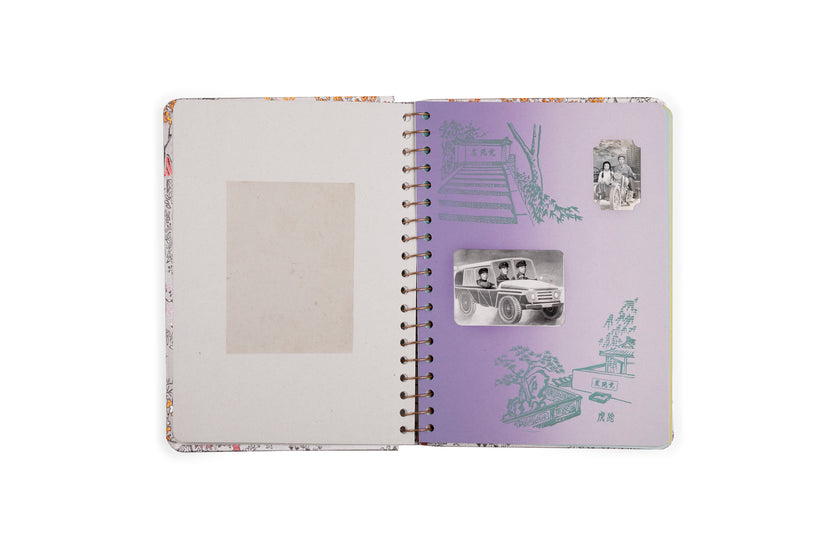
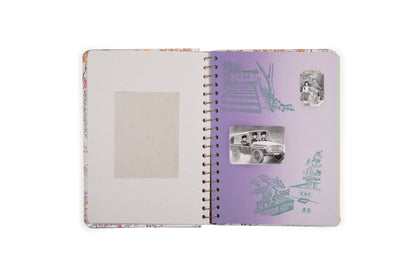
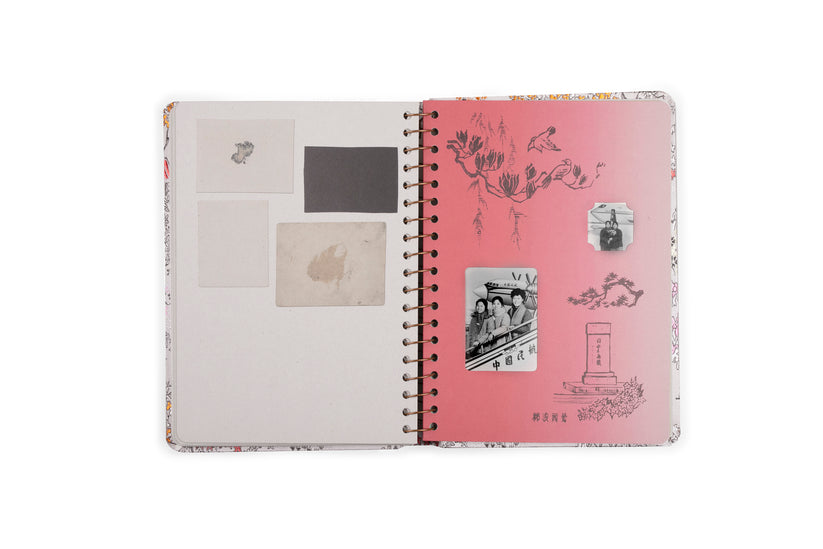

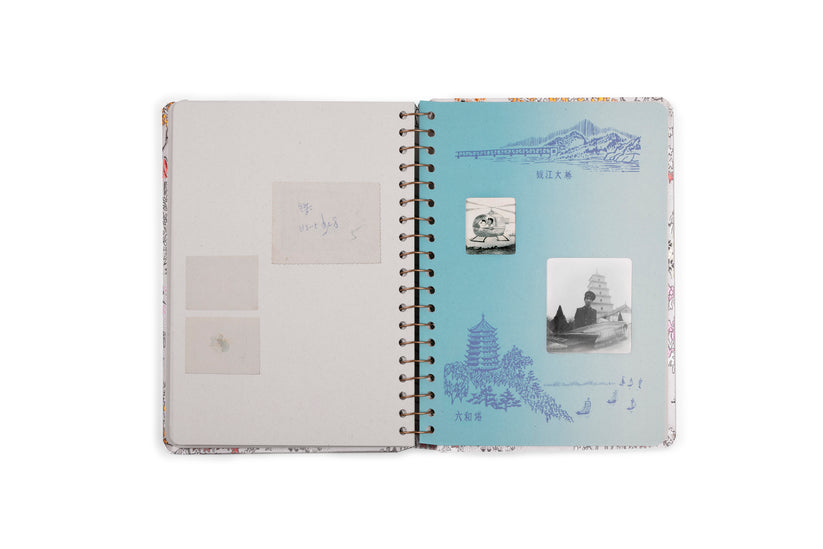
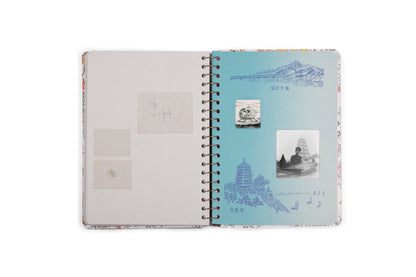
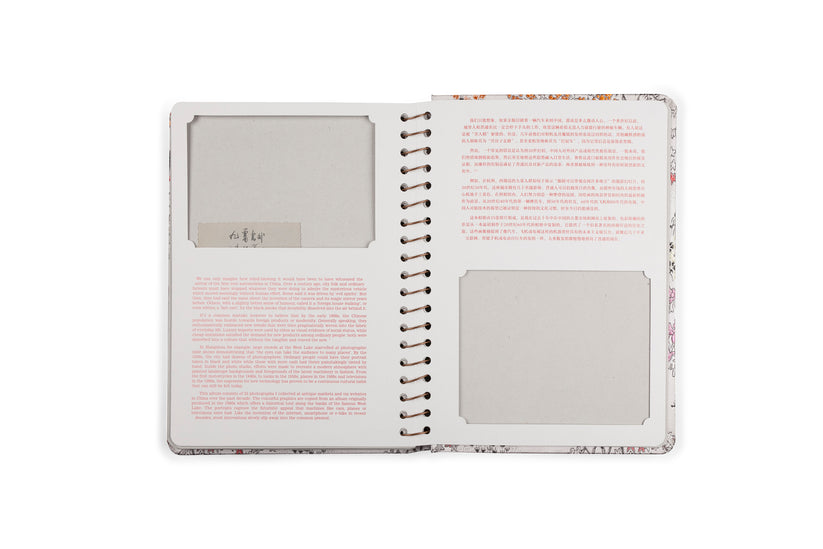
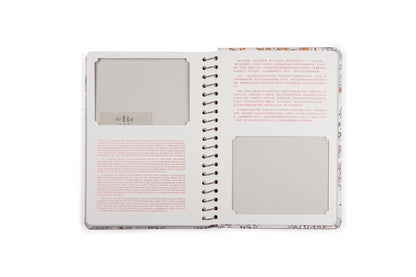

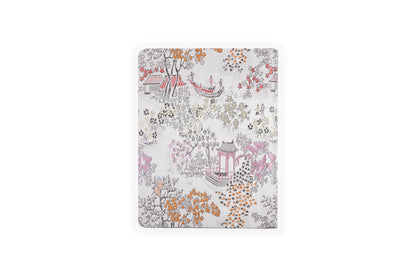
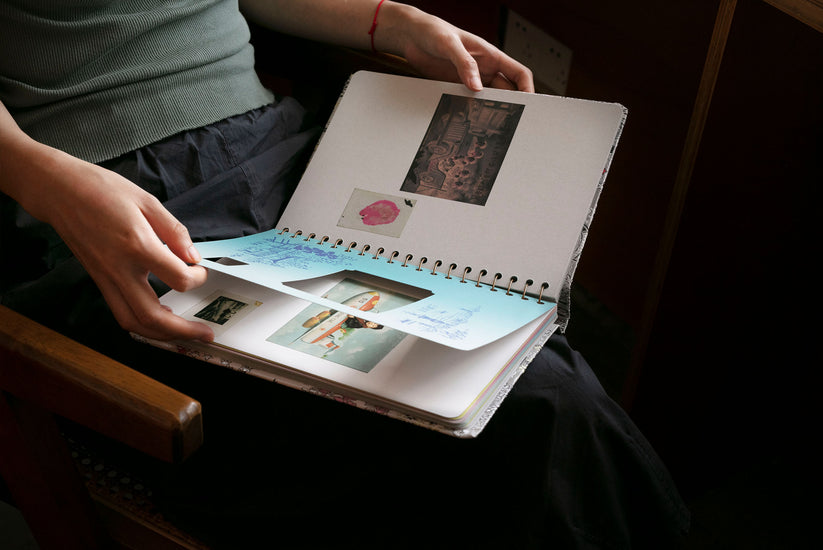
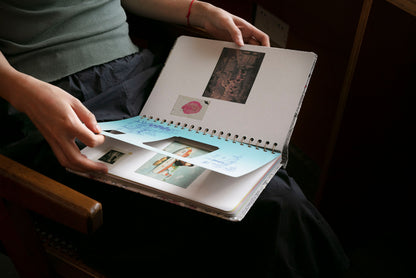
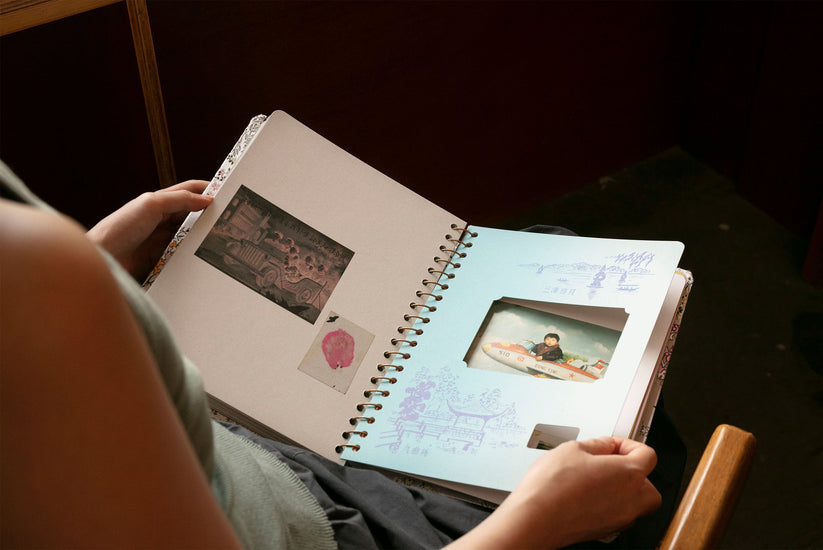
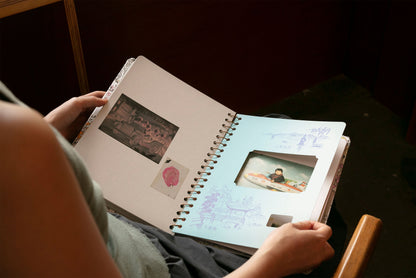
Ruben Lundgren╱Dream Machine
Jiazazhi
We can only imagine how mind-blowing it would have been to have witnessed the arrival of the first ever automobiles in China. Over a century ago, city folk and ordinary farmers must have stopped whatever they were doing to admire the mysterious vehicle which moved seemingly without human effort. Some said it was driven by ‘evil spirits’. But then, they had said the same about the invention of the camera and its magic mirror years before. Others, with a slightly better sense of humour, called it a ‘foreign house walking’, or even wittier, a ‘fart cart’, for the black smoke that invariably dissolved into the air behind it.
It’s a common mistake however to believe that by the early 1900s, the Chinese population was hostile towards foreign products or modernity. Generally speaking, they enthusiastically embraced new trends that were then pragmatically woven into the fabric of everyday life. Luxury imports were used by elites as visual evidence of social status, while cheap imitations satisfied the demand for new products among ordinary people: both were absorbed into a culture that without the tangible and craved the new. [1]
In Hangzhou for example, large crowds at the West Lake marvelled at photographic slide shows demonstrating that ‘the eyes can take the audience to many places’. By the 1930s, the city had dozens of photographers. Ordinary people could have their portrait taken in black and white while those with more cash had theirs painstakingly tinted by hand. Inside the photo studio, efforts were made to recreate a modern atmosphere with painted landscape backgrounds and foregrounds of the latest machinery in fashion. From the first motorcycles in the 1940s, to tanks in the 1950s, planes in the 1960s and televisions in the 1980s, the eagerness for new technology has proven to be a continuous cultural habit that can still be felt today.
This album consists of 35 photographs I collected at antique markets and via websites in China over the past decade. The colourful graphics are copied from an album originally produced in the 1960s which offers a historical tour along the banks of the famous West Lake. The portraits capture the futuristic appeal that machines like cars, planes or televisions once had. Like the invention of the internet, smartphone or e-bike in recent decades, most innovations slowly slip away into the common present.
[1] Frank Dikötter, Exotic Commodities, Modern Objects and Everyday Life in China, Columbia University Press, New York, 2006
- Book Size 180 x 255 mm
- Pages 68 pages
- Binding Hardcover
- Publication Year 2023
- Language Chinese, English
- Limited Edition 500
